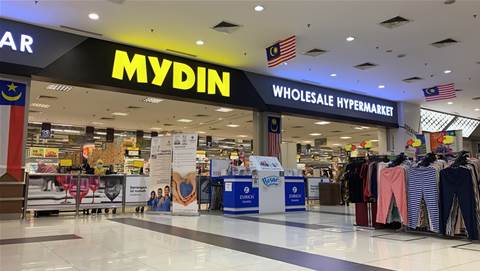Thailand’s TMBThanachart Bank (ttb) has revamped its IT architecture and solutions with microservices-based development.
With a container-based infrastructure running on Red Hat and advanced monitoring from software firm Dynatrace, ttb has managed to enhance several banking operations. It can now deliver new application environments within a few days or weeks and resolve issues on time without impacting customer-facing services.
The bank has also built a scalable, integrated container environment and improved efficiency across DevOps teams with automation and self-service.
ttb’s chief information officer, Sutthikan Rungsrithong, said the company focussed on speeding up the delivery of new features and services. “We looked at DevOps and microservices as the best opportunities to rethink our IT infrastructure and workflows,” he added.
The teams worked with a large ecosystem of partners to increase the flexibility and reliability of its IT environment. Its legacy architecture needed overwhelming management efforts and has taken several months time to provision and deliver an application platform.
“We decided to adopt a centralised, microservices-based container platform with a well-defined roadmap to cloud computing and DevOps processes,” he said.
ttb evaluated several proofs of concept (POCs) before adopting Red Hat OpenShift, an enterprise Kubernetes container platform as the foundation for its new application environment.
It also deployed an intelligent monitoring solution from Dynatrace to enhance visibility into its applications’ performance.
This has helped ttb achieve a managed container environment in a single, fully integrated platform without any need for additional adjustment or management.
Rungsrithong said they have now implemented nine Red Hat OpenShift clusters in an on-premise private cloud environment. They have also migrated several services from legacy environments, including the PromptPayGateway for interbank transactions and Data Gateway platform for corporate customers.
“The new container platform also supports our new customer-facing mobile banking application,” he added.
Microservices architecture
With microservices-based IT architecture, in line with automation of manual tasks and iterative DevOps approach, ttb can now work “more efficiently”, Rungsrithong said.
Self-service provisioning has reduced administrative efforts by operations teams, helping them deliver resources to developers quickly. Moreover, developers can now adjust application sizes or models independently.
To update and deliver code to meet new regulatory requirements rapidly, ttb relied on iterative code changes following a continuous integration and continuous delivery (CI/CD) approach.
Rungsrithong said earlier it was difficult to enable smooth operations at peak load times and with Red Hat’s scalable platform, they could now handle high transaction volumes notably for customers using PromptPay service.
Following its success with the new container foundation, the bank plans to continue the expansion of the platform across the organisation for other critical areas.
"We want to migrate all existing legacy applications to Red Hat and Dynatrace technologies", Rungsrithong said.










